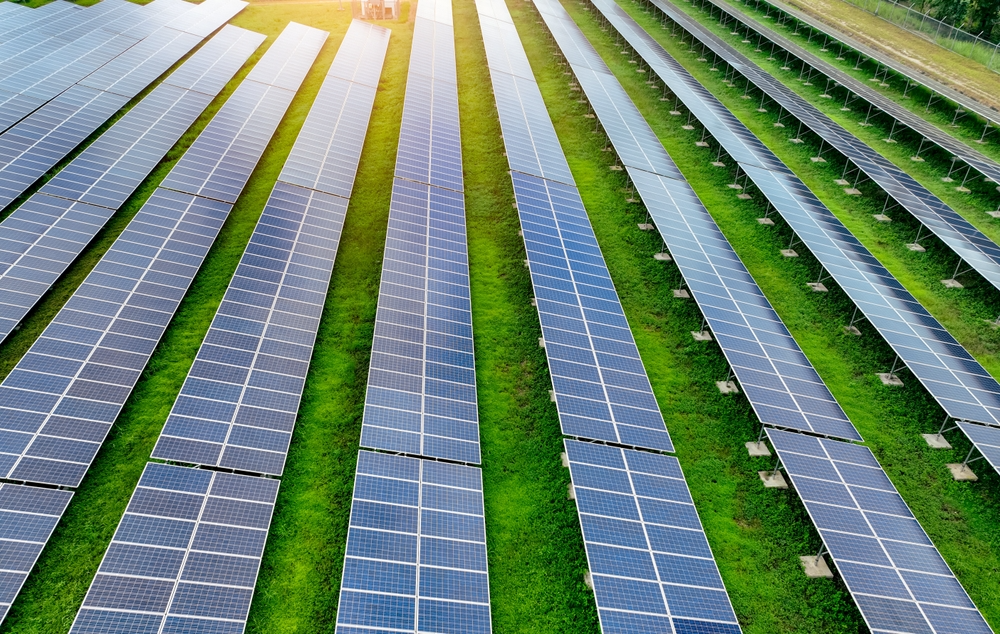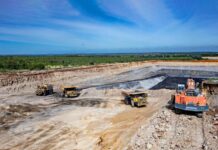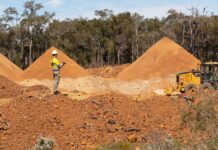Australia’s rapid uptake of solar panels is creating a looming waste problem

University of South Australia researchers have identified ways to overcome barriers to safely and profitably increase the life of solar panels and decrease the overall footprint of solar energy.
Australia leads the world in per-capita rooftop solar installations, the systems of which typically have a lifespan of 20 to 30 years but in practice are removed or replaced much sooner.
Australia’s quick uptake of solar panels is creating an emerging waste problem with most solar photovoltaic (PV) panels being directed to landfill at the end of their life.
UniSA PhD student Ishika Chhillar led a study into key barriers to the sustainable reuse of solar panels and developed a mitigation strategy for what would be needed to fully realise a circular economy in the solar sector.
The findings suggest that simply recycling panels is not enough – with most significant volumes of end-of-life panels still ending up in landfill – and that more must be done to unlock a secondary market for used systems.
“The large-scale reuse of PV panels faces technical, economic and regulatory barriers,” she said.
“There are many key challenges including the low cost of new panels undercutting the resale of PV panel market, a lack of incentive for reuse of the panels, different policies for reuse across states, lack of liability for secondhand installations and a limited infrastructure for testing and refurbishing of used panels.
“Industry, government, academic and consumers all recognise that these barriers can and must be overcome and that with the right frameworks in place. Australia can extend the life of its solar panels with true environmental and social benefits in the process.”
One of the barriers to people accessing second-hand panels is the falling cost of new panels which undermines the resale market and leaves little financial incentive for consumers or businesses to choose to reuse.
Currently, no rebates or credits are in place for installing second-hand panels. There is also no national reuse framework, with different Australian states and territories having inconsistent rules for panels that have reached the end of their life. No clear approval pathway or guidelines exist for re-selling and installing used panels, leaving installers wary of potential legal liabilities.
Ms Chhillar says that without a unified, national approach to standards and liability, companies will continue to avoid second-hand products due to compliance risks.
“Currently, the lack of any standard certification for used panels means buyers and installers have little to rely on besides a seller’s word, but an official certification process would change that,” she said.
“A credible certification program should include standardised testing protocols for used panels. By bridging the trust gap, certification can transform reused panels from a risky option into a transparent and standardised product category.
“One option is certification being accompanied by a clear, consumer-friendly grading system such as a gold, silver or bronze classification or a star-rating label to indicate the remaining efficiency and expected lifespan of a panel. This would allow buyers to make informed decisions.”
Associate Professor Sukhbir Sandhu, whose research focuses on social and environmental sustainability issues, says there is room for digital innovations for traceability, allowing for greater transparency on whether a panel is fit for reuse.
“If each solar panel’s history and performance data could be recorded in a database accessible to buyers and regulators, it would dramatically reduce uncertainty,” she said.
“Industry experts we spoke to for this study proposed solutions ranging from simple QR-code labels to block chain-based platforms that track a panel’s ‘digital passport’ throughout its life.
“This transparency would enable quicker decisions on whether a panel is fit for reuse, without requiring extra testing at each change of hands.”
Associate Professor Sandhu says by acting on these recommendations, Australia can not only mitigate the waste problem but also unlock the maximum benefit of its clean energy investments.
“We have other established practices in electronics, batteries and mobile phones,” she said.
“By embracing a structured approach to the repurposing of solar panels, the renewable energy sector can significantly extend the lifecycle of these resources, contributing to a more sustainable, efficient and circular economy.”






















